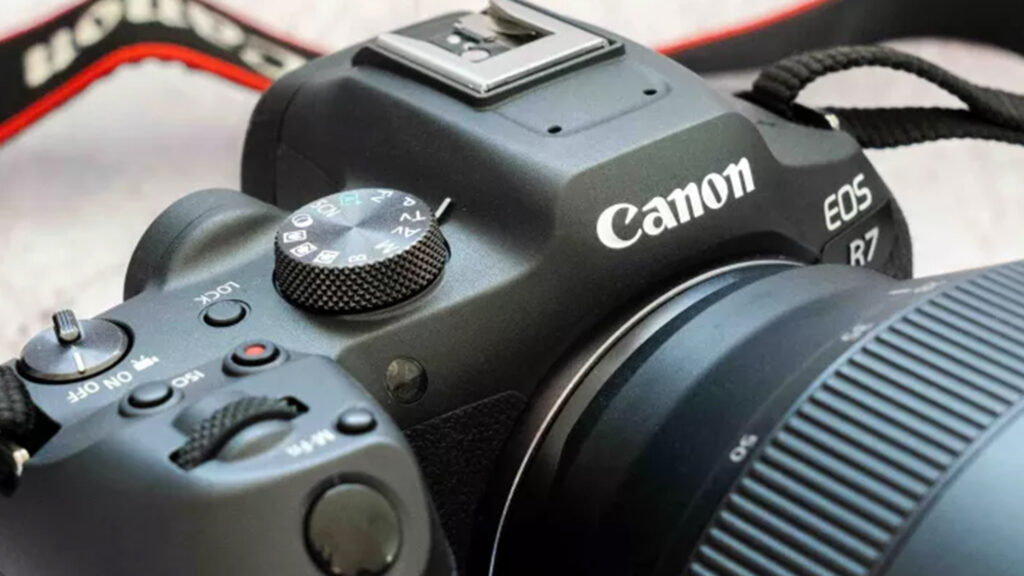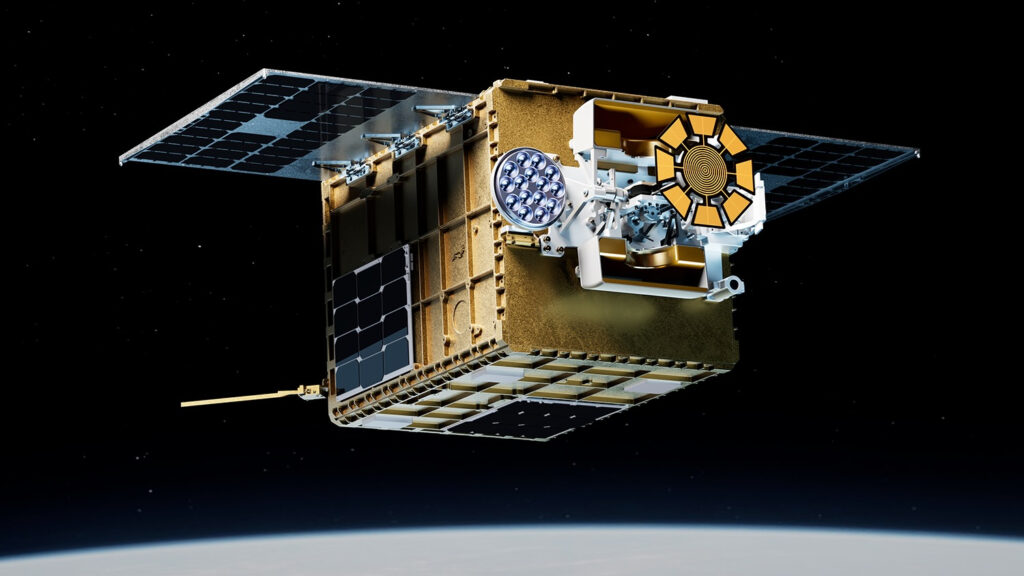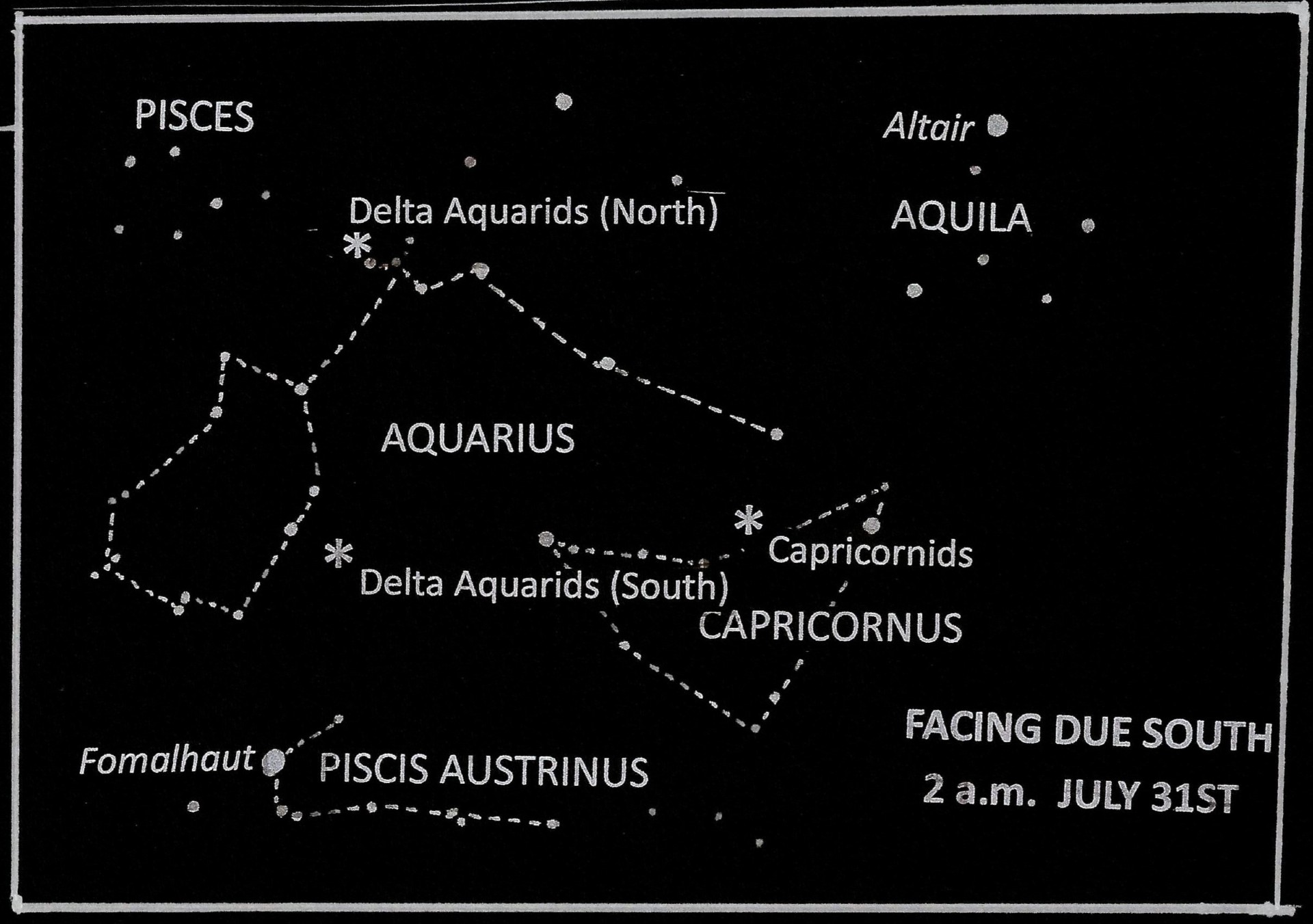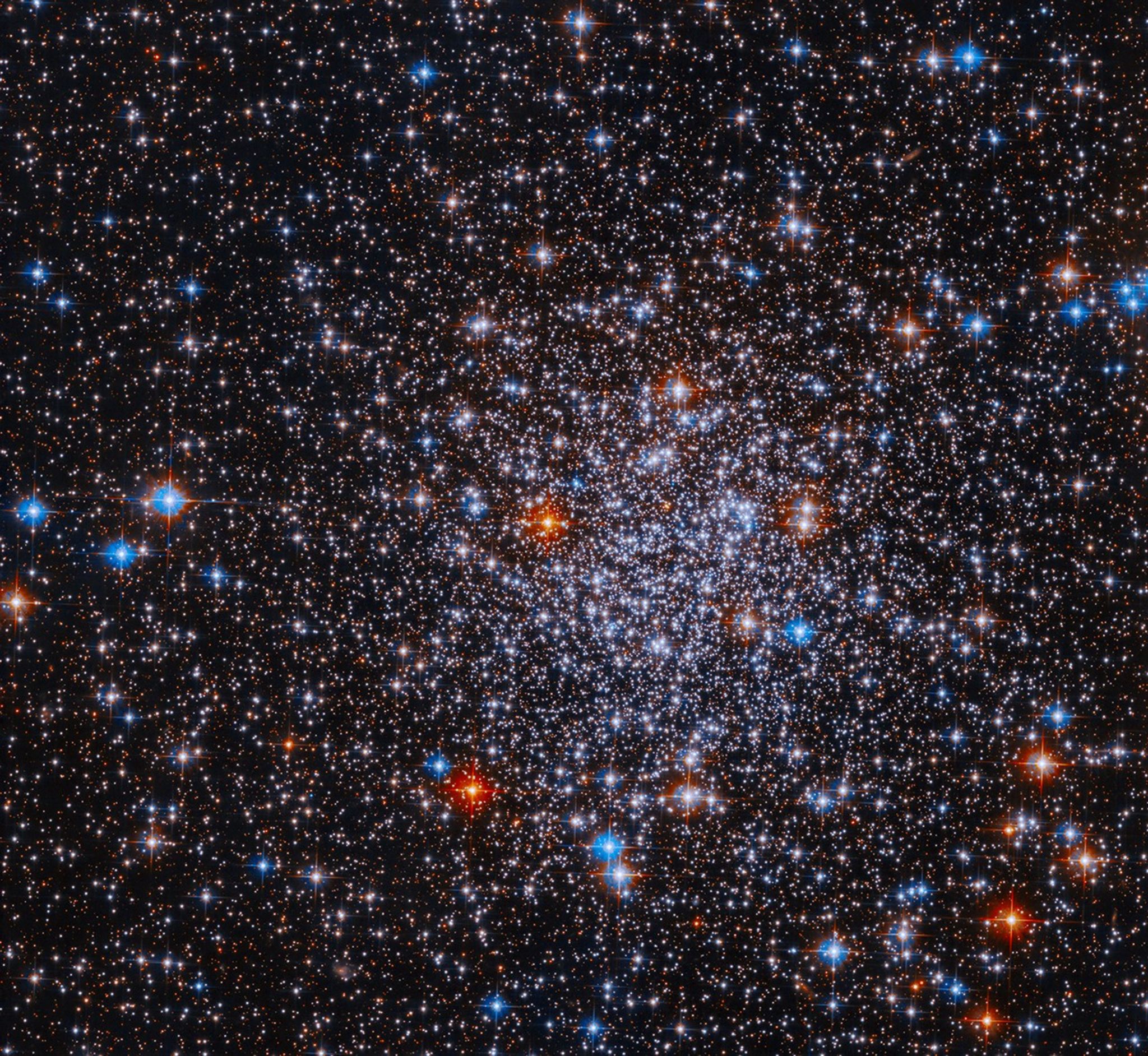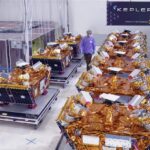Now Reading: Revenge of the Savage Planet is an ‘upbeat, optimistic dystopia’ that pulls no punches on our corporate overlords (interview)
-
01
Revenge of the Savage Planet is an ‘upbeat, optimistic dystopia’ that pulls no punches on our corporate overlords (interview)
Revenge of the Savage Planet is an ‘upbeat, optimistic dystopia’ that pulls no punches on our corporate overlords (interview)
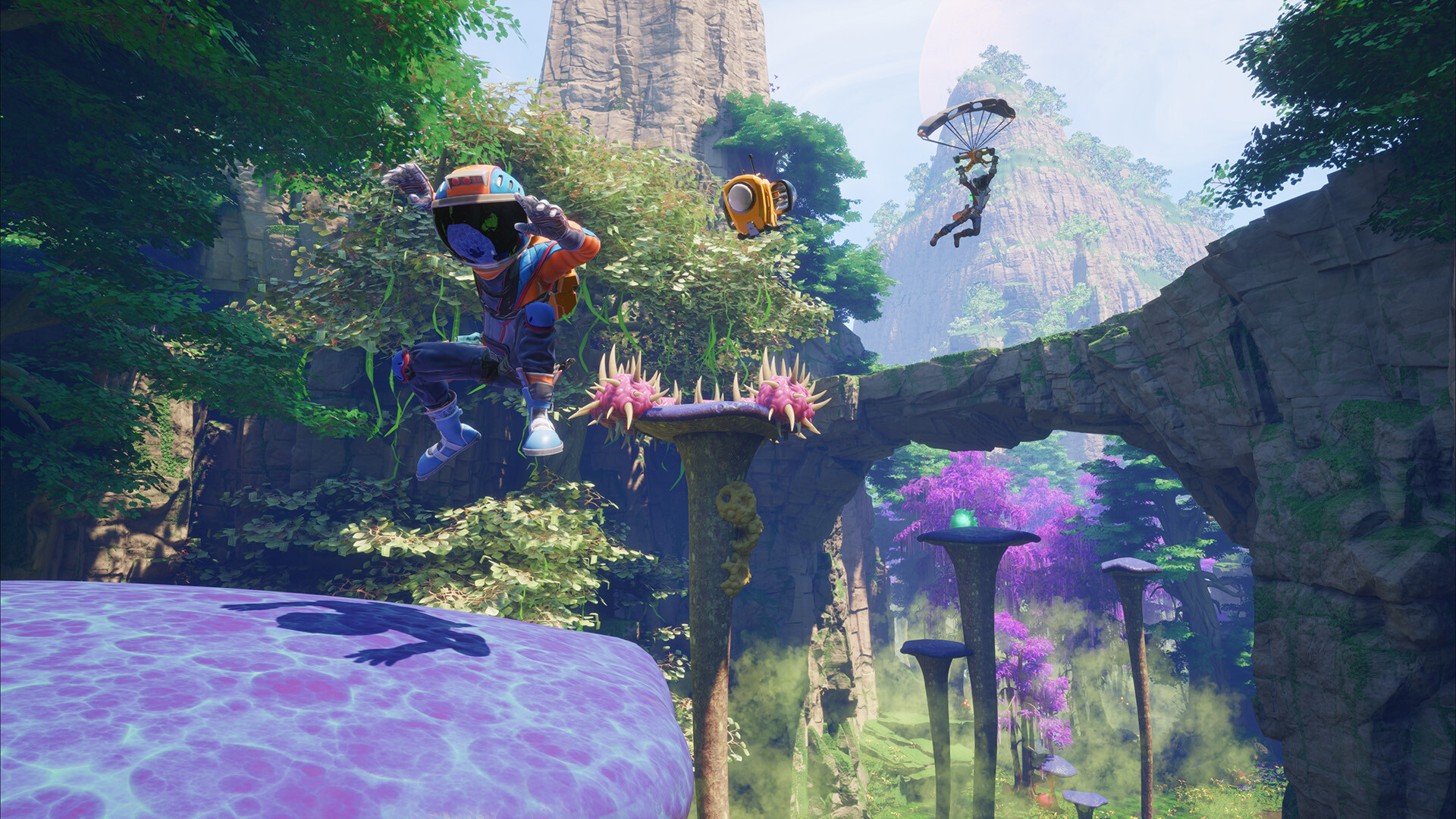
Sci-fi often takes itself a bit too seriously, but the infinite cosmos isn’t just for contemplating the mysteries of the universe like black holes and supernovas; it’s also a great place for a few gags, as games like The Outer Worlds and Journey to the Savage Planet have shown.
While we have to wait a bit longer for the follow-up to the former, the latter just got an ambitious sequel in Revenge of the Savage Planet. We were lucky enough to speak with Alex Hutchinson, the game’s Director, about this anarchic sci-fi adventure.
“Revenge of the Savage Planet is a pseudo-sequel to Journey of the Savage Planet, a game we did when we were called Typhoon Studios several years ago. And it’s kind of an upbeat, optimistic dystopia,” declares Hutchinson.
While Journey of the Savage Planet was a first-person, single-player adventure, the studio that formed from the ashes of Typhoon Studios, Raccoon Logic, decided to both expand the scope and the player’s perspective for the follow-up.
“It’s a comedy third-person action adventure game that you can play by yourself or with up to one other friend, where you have been sent to a strange alien world as part of a colonization mission,” notes Hutchinson. “20 years into that 100-year mission, they decided it was too expensive and difficult, and they fired you and you’ve been abandoned on the far reaches of space, and it’s up to you to make the best of it.”
A new perspective
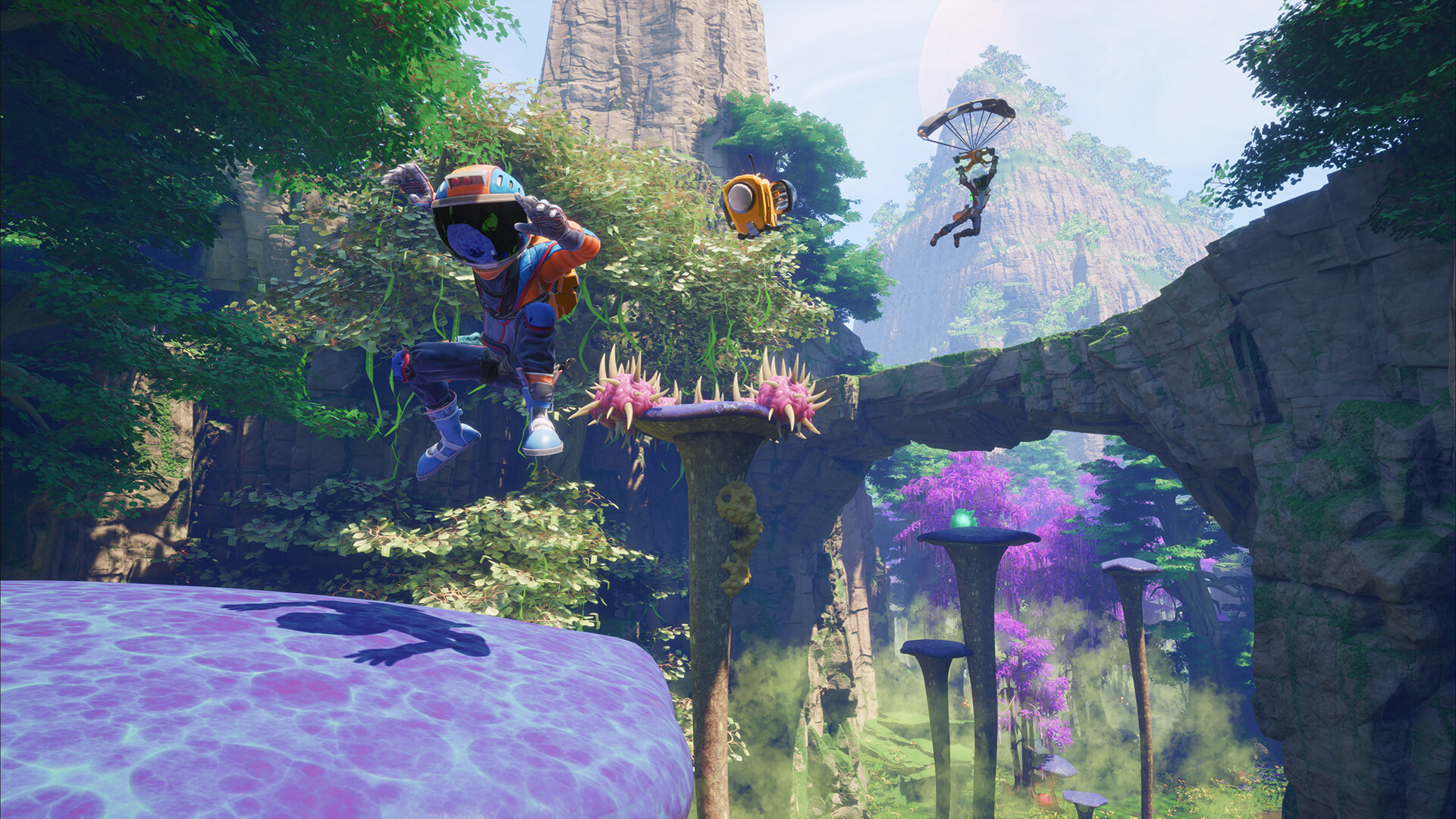
It’s a bold move to switch something as iconic as your viewpoint in the sequel to a popular game. As Hutchinson explains, the choice wasn’t an easy one, but it was necessary for the type of game they wanted to make.
“I do miss the intimacy of first-person.”
“Our animation director, Mike Manilo, said if you want comedy in the character, there’s only so much you can do with two hands stuck on the front of the screen,” remarks Hutchinson. “Then the LDs [level designers] were saying — and I think it’s true — that platforming is easier when you can see your feet. And then we added a whole layer of systemic gameplay that meant that you catch on fire and it’s slippery — all these things — and it was very hard to represent just with hands […] and then we can do sweet hats as well and all kinds of strange outfits. So it seems good, but I do miss the intimacy of first-person.”
Another big change for the sequel is the addition of co-op play, available both via split screen and online. The game features cross-play, too, so you play with your buddy even if they’re on another console or PC. This was a big deal for the team, especially the split-screen addition. “Our best memories of gaming were […] sitting next to my best friend with a pizza,” reminisces Hutchinson. “Getting that feeling back into people would be cool.”
Very strange new worlds
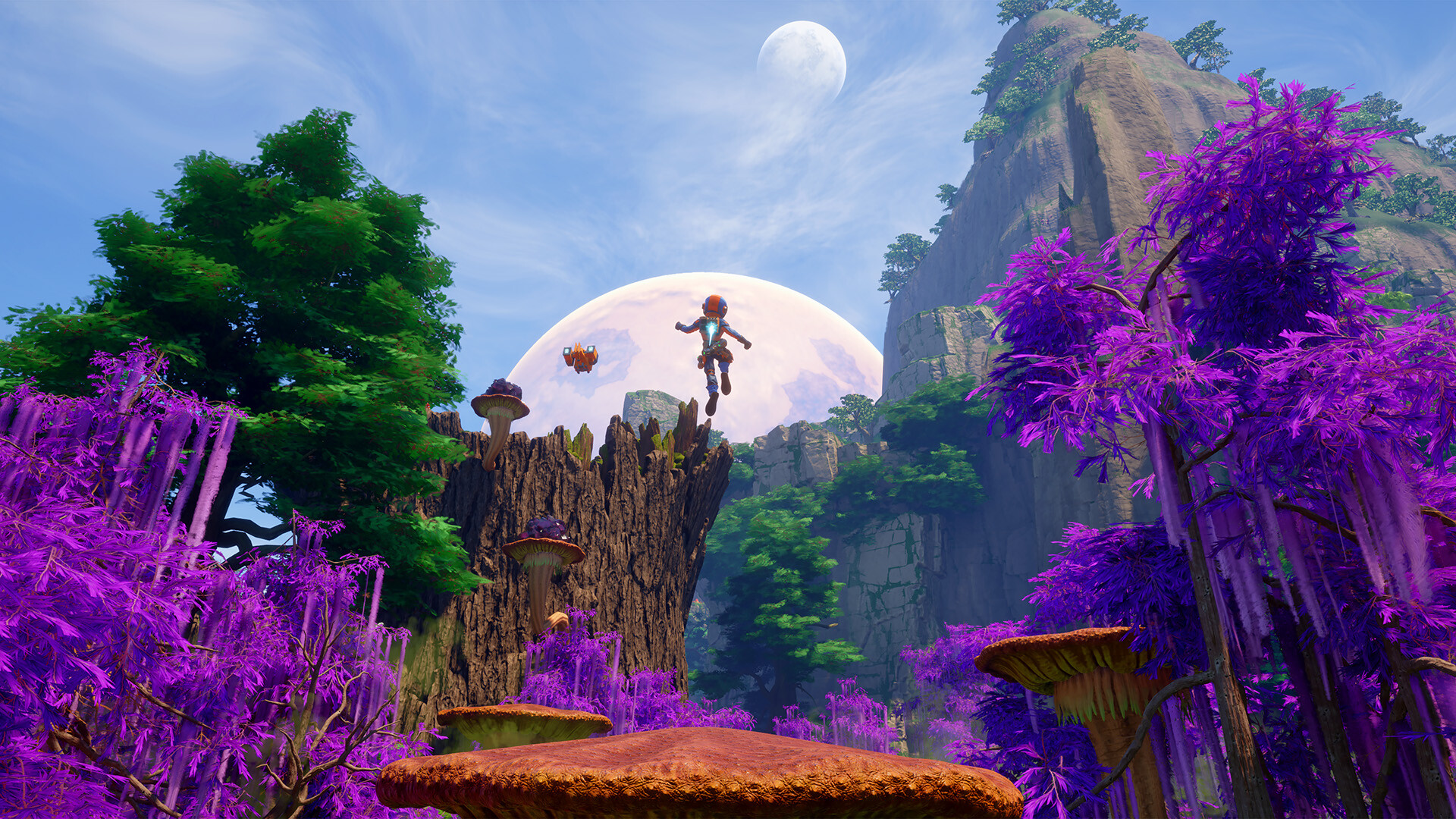
As it turns out, the game’s title isn’t entirely accurate; it’s called Revenge of the Savage Planet, but this expansive sequel is spread across four different planets within a single solar system. Rather than basing their worlds on real-life exoplanets, as is common within sci-fi, each planet has a vastly different environment, taking players along an almost Mario-esque sequence of Jungle, Desert, Fire & Ice, and Savannah.
“The challenge for us was that in real space, everything is a rock. There’s sort of nothing there,” laments Hutchinson, “And you get The Martian with Matt Damon eating poop mushrooms and clinging to life and we were like no — let’s go back to when we didn’t know anything and we thought that all these planets would be exciting and teaming with life”.
“We had an idea for a meat planet.”
Nintendo gamers will recall some of the wackier worlds that Mario has explored over the years. Revenge almost took a similar path, with a suitably grim twist. “Back in the platform days, there was ice, fire, all those sorts of things, and then there was sweets — Candy World and then Sports World,” recalls Hutchinson. “For a while, we had an idea for a meat planet”.
Fans of the series will be familiar with the deeply disturbing “meat buddy” commercial that crops up in the games, advertising a way to recycle meat off-cuts into a sentient companion. Great news for Super Meat Boy fans, but nightmare fuel for the rest of us.
“The idea that there was a meat planet and then this will make it worse, maybe, but all of the crevices would be wounds. You know what I mean? And then there’d be like you and then sort of cysts and things attacking you. It would just be horrific. And we were going to call it innard space.”
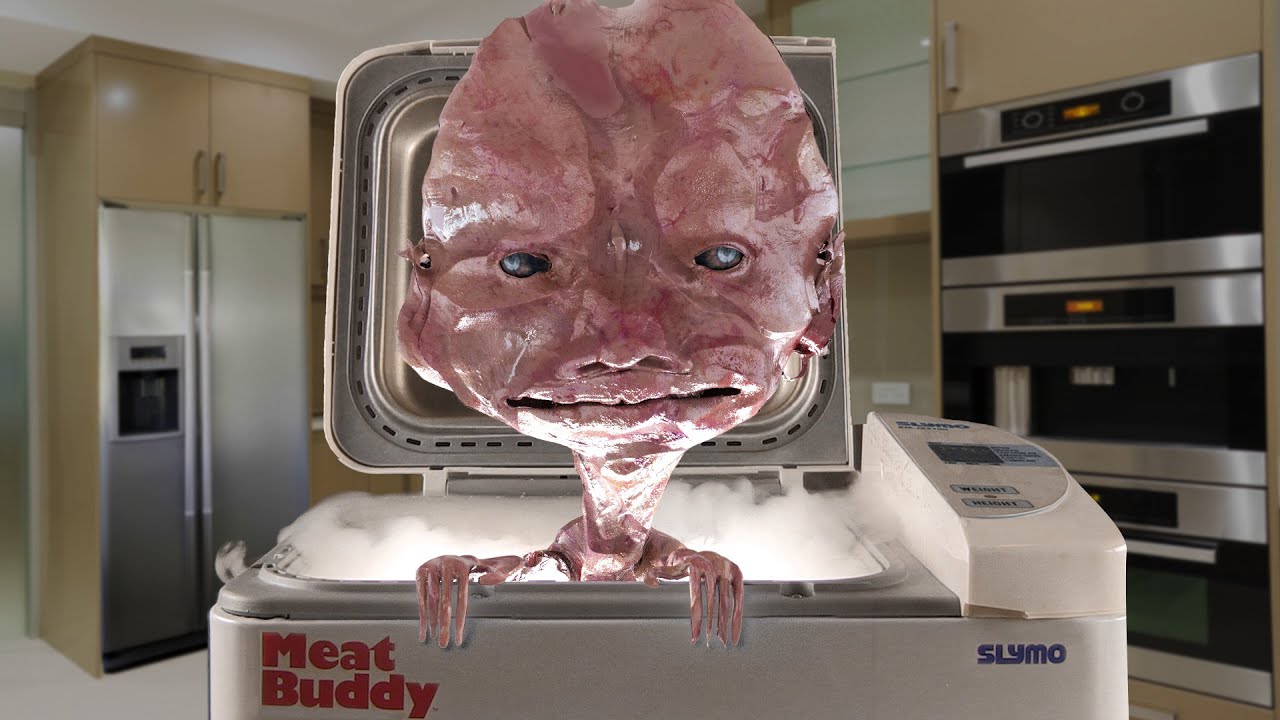
Sadly (or thankfully), this idea was nixed in the development stage — not because it was too gross — but because of the amount of work it would have been for the developers. “It was more the art team saying that there’s not one asset we can reuse in that world,” reveals Hutchinson.
Even without a meaty biome to explore, Revenge of the Savage Planet’s environments are packed with things to discover and places to explore, with a huge focus on verticality. “I really like the idea that there were sort of three layers everywhere; that there was a ground layer, there was the sky layer, and then an underwater layer or underground layer, so that you really felt like it was a three-dimensional place and not just like a topographic map.”
While your player character has a very generous jump to assist with the platforming elements, one feature the team sadly wasn’t able to pursue was different gravity levels on each planet. “One of our lead artists, Jeremy Price, he was very keen, and it’s just a number. So it’s very easy to do, but then it’s hard… There’s lots of things in games that are easy to do half the task. And then, when you look at the implications of it and all of the impacts of it, it’s painful,” clarifies Hutchinson. “We kept it consistent just because the level designers want predictability and then the artists start freaking out about you breaking the world and just leaping out of the whole map”.
Creatures from beyond the stars
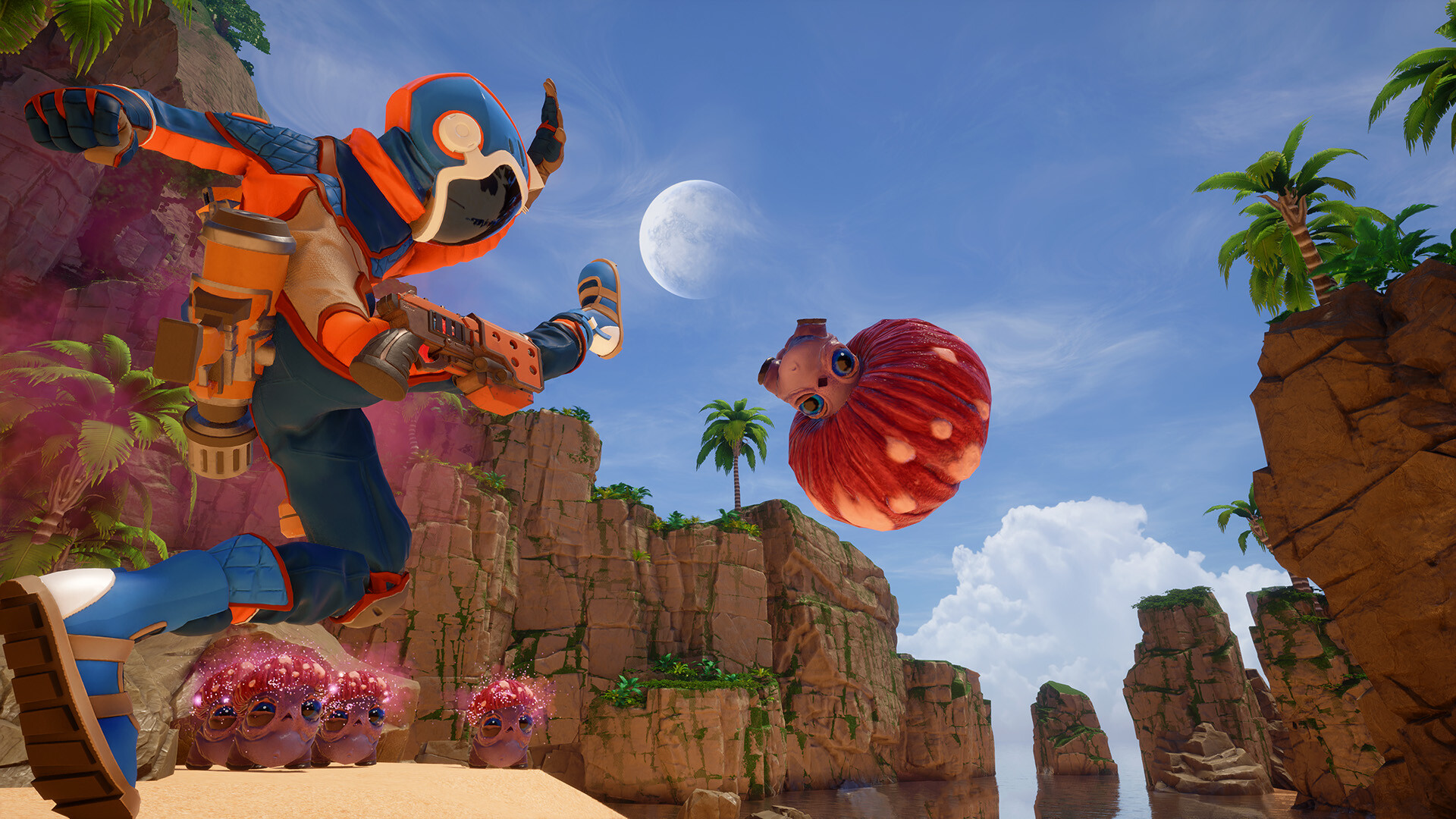
Alien planets are all well and good, but what about the alien… aliens? Fear not, because Revenge of the Savage Planet is jam-packed with weird, dangerous, and hilarious creatures for you to “interact with.” From screaming chickens and inflating mushrooms to giant armored gorillas, the critters are equal parts threats to overcome and jokes to chuckle at.
“It’s a super cute creature, but it’s full of resources you need, so f*** it”
“We just wanted to get away from the sort of Tolkienification and Dungeons and Dragonsification of monsters,” stated Hutchinson. “I’m a big fan of the monstrous manual from DND, but […] I realized that I liked it because at the time it was full of bizarre things that I hadn’t thought of before and it was fun and interesting and you didn’t know what was going to be a friend and what was going to attack you.”
“We went back to sort of golden age science fiction […] with weird monsters in them and just tried to stay away from dwarves and orcs and goblins and all that sort of stuff.”
As a veteran of the games industry, Hutchinson has worked on many well-known titles, including 2008’s life simulator Spore, which allowed players to create a species and advance it from a single-celled organism to a spacefaring empire. It wasn’t just your species out there, though — there were whole ecosystems that interacted with each other.
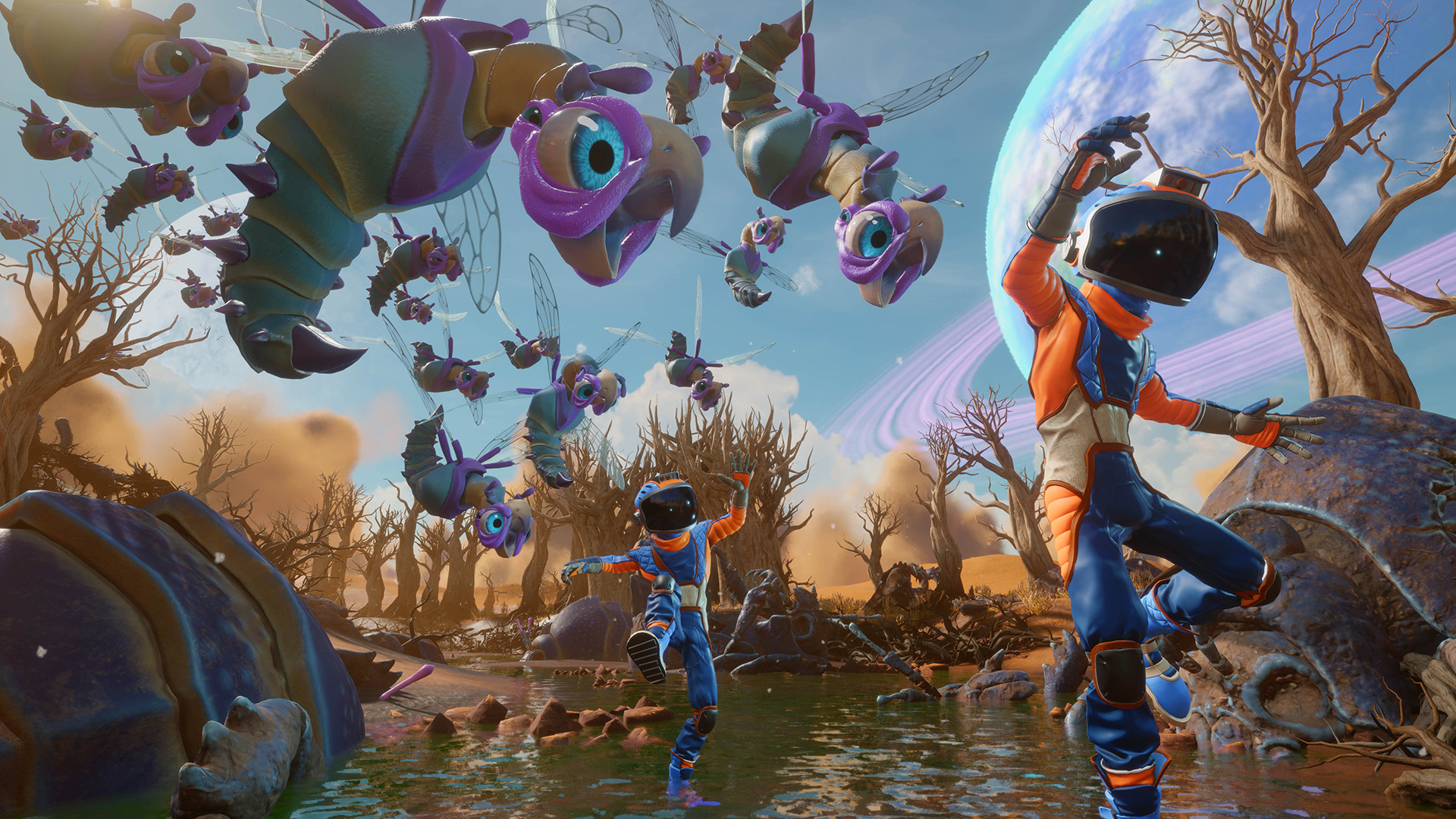
While that worked well for a simulation game, the developers felt it was less necessary for this style of game. “In the context of an action adventure, you’re sort of ripping past them. We always tell that joke […] that it’s a super cute creature, but it’s full of resources you need, so f*** it,” jokes Hutchinson.
“We wanted to give them the semblance of life. So, they have what we call hotspots where they interact a little bit with the environment, but it’s mostly the illusion of depth on that front. They’re mostly there to challenge.”
I, for one, welcome our new corporate overlords
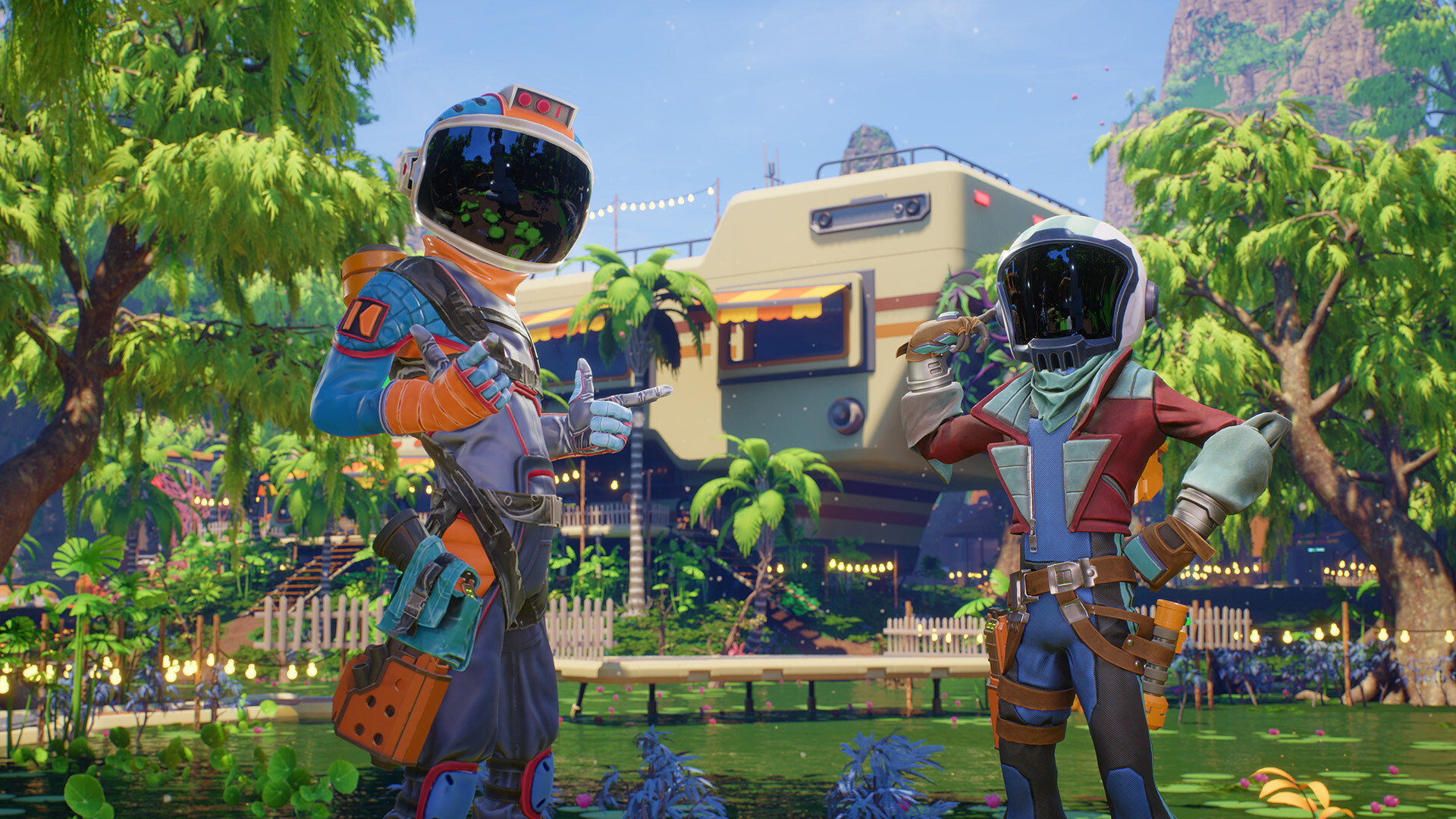
As we approach an increasingly privatized vision for human space travel in reality, Revenge of the Savage Planet pulls no punches when lampooning the corporate world. The studio — or rather, the previous incarnation of the studio — had some well-publicised dealings with Google, which were an obvious influence here. However, even beyond a bit of cathartic sticking it to the man, Revenge of the Savage Planet has a lot to say about our potentially capitalist-driven race to the stars.
“In our world, rich people go on rockets, and in our fiction, poor people go on rockets to try and get a job at the far edge of space.”
A lot of the team at Raccoon Logic had previously worked on a serious sci-fi game over at Ubisoft prior to the concept being shelved. “We were talking to NASA, […] it was very earnest and we were trying to simulate gravity and simulate air pressure […] and it was kind of neat, but not fun enough — that’s why it didn’t go anywhere,” recalls Hutchinson. “In this one, we’re very much on the Elon Musk half-ass space attempt as opposed to the NASA attempt.”
The Elon Musk parallels don’t stop with slightly explosion-prone spacecraft and bizarre management decisions. “The other inspiration was company towns, like pre-union mining […] you get your Alta bucks and you spend them at the Alta store to buy Alta merchandise that you don’t need,” explains Hutchinson. It’s a prescient piece of social commentary as SpaceX seeks to turn Starbase into an actual city.
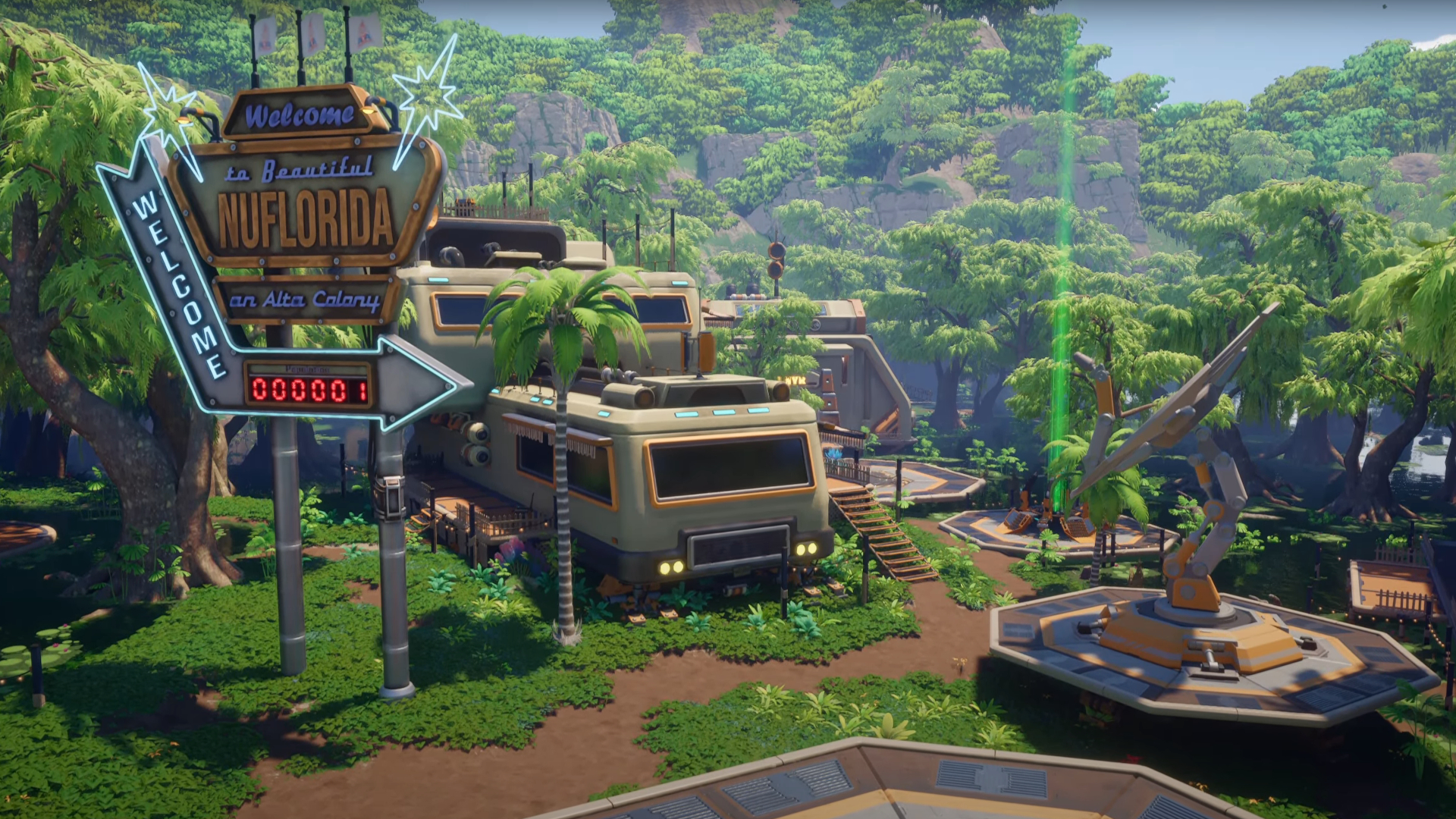
“We got Mr. Beast building a compound for his workers. And then you’ve got Elon building a compound for his […] wives or whatever the hell he’s doing. So yeah, it’s hard to write sci-fi at the moment.”
For the moment, the ideas for these neo-company towns are being reserved for the Earth-side employees of private spaceflight companies like SpaceX. As Hutchinson remarks, “Maybe that’s where it’s a fiction and not a reality. Whereas in our world, rich people go on rockets and in our fiction, poor people go on rockets to try and get a job at the far edge of space.”
Revenge of the Savage Planet is available now on Xbox Series X|S, PS5, & PC. The game is also available via Xbox Game Pass.
Stay Informed With the Latest & Most Important News
Previous Post
Next Post
-
 01From Polymerization-Enabled Folding and Assembly to Chemical Evolution: Key Processes for Emergence of Functional Polymers in the Origin of Life
01From Polymerization-Enabled Folding and Assembly to Chemical Evolution: Key Processes for Emergence of Functional Polymers in the Origin of Life -
 02Two Black Holes Observed Circling Each Other for the First Time
02Two Black Holes Observed Circling Each Other for the First Time -
 03How New NASA, India Earth Satellite NISAR Will See Earth
03How New NASA, India Earth Satellite NISAR Will See Earth -
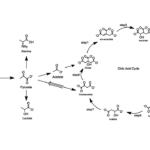 04Thermodynamic Constraints On The Citric Acid Cycle And Related Reactions In Ocean World Interiors
04Thermodynamic Constraints On The Citric Acid Cycle And Related Reactions In Ocean World Interiors -
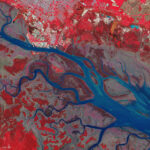 05Φsat-2 begins science phase for AI Earth images
05Φsat-2 begins science phase for AI Earth images -
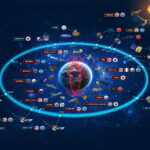 06Hurricane forecasters are losing 3 key satellites ahead of peak storm season − a meteorologist explains why it matters
06Hurricane forecasters are losing 3 key satellites ahead of peak storm season − a meteorologist explains why it matters -
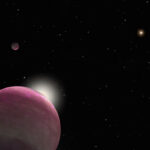 07Binary star systems are complex astronomical objects − a new AI approach could pin down their properties quickly
07Binary star systems are complex astronomical objects − a new AI approach could pin down their properties quickly













